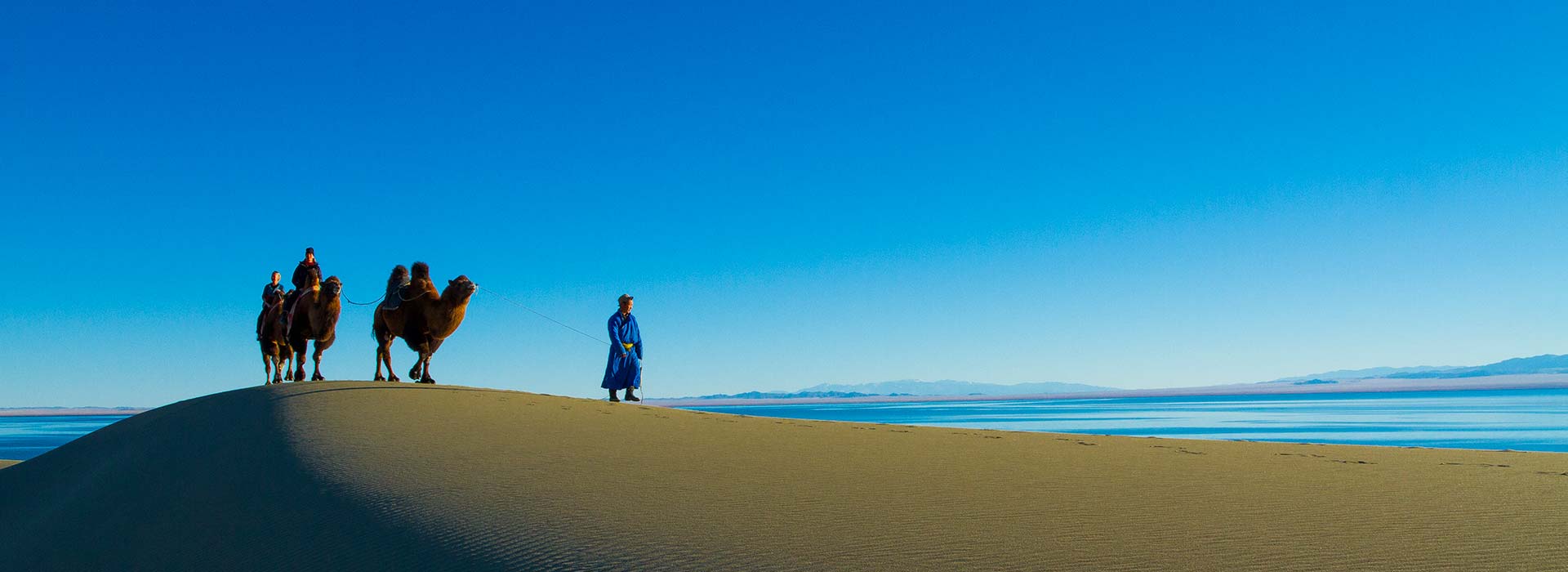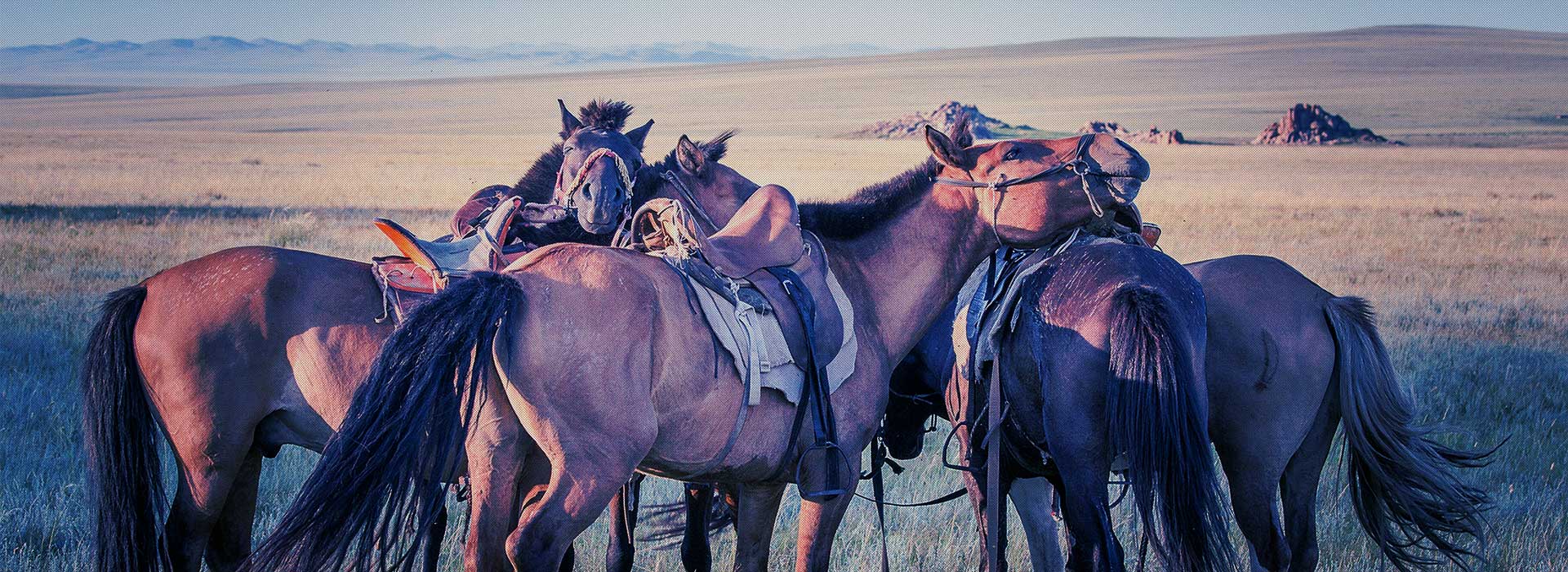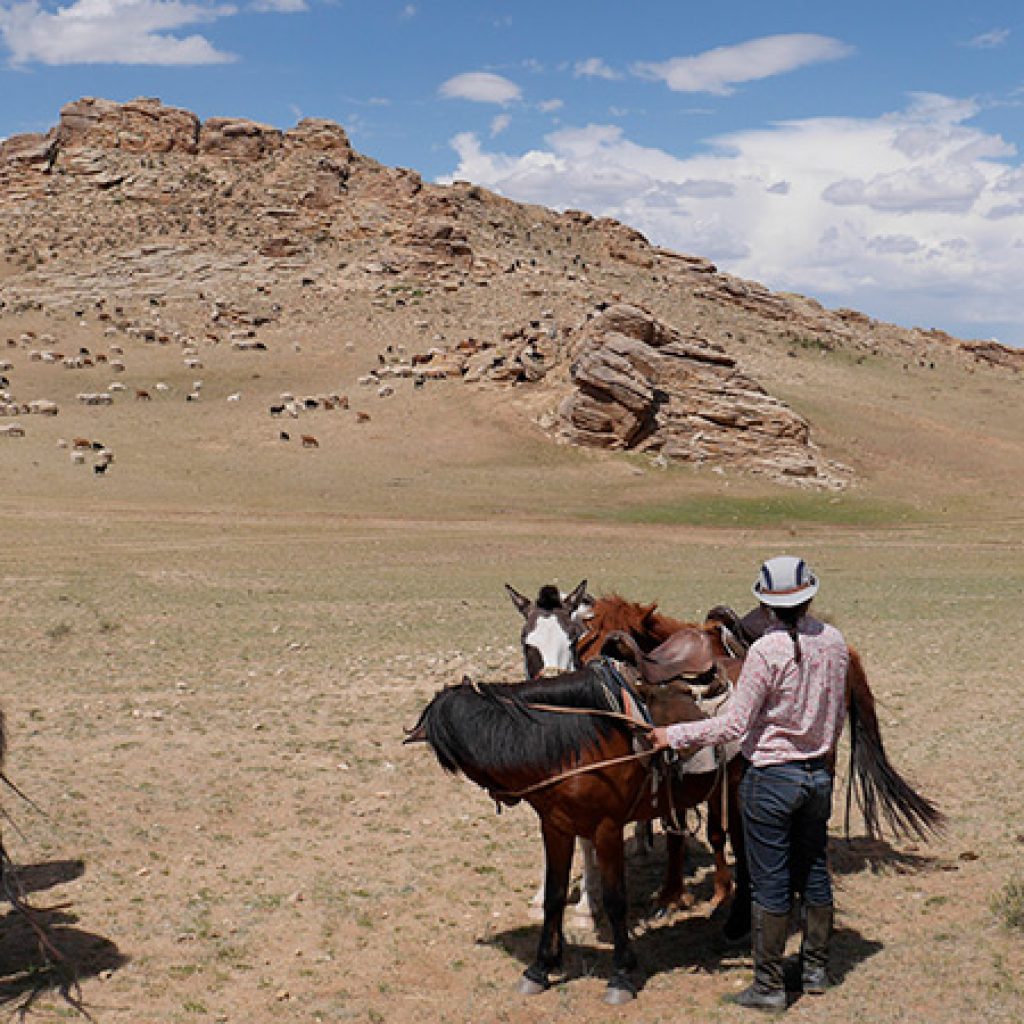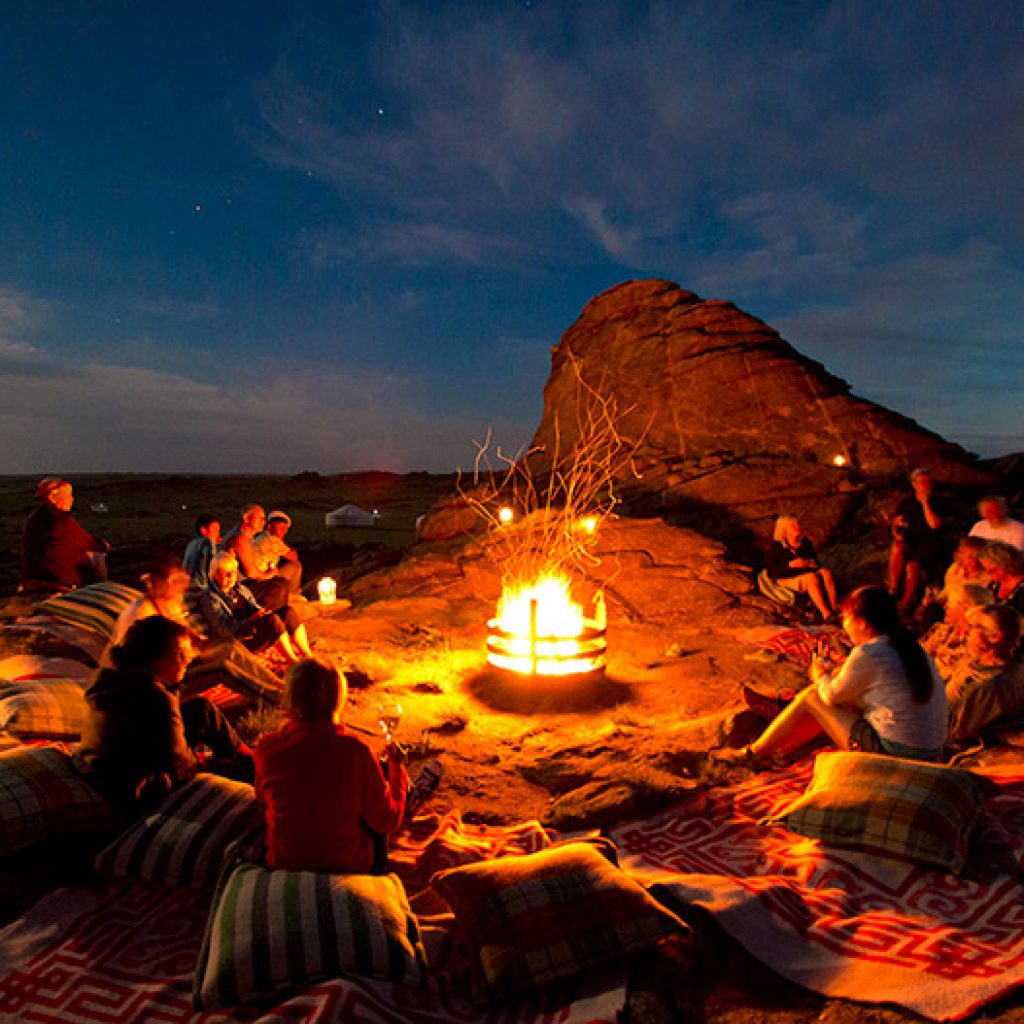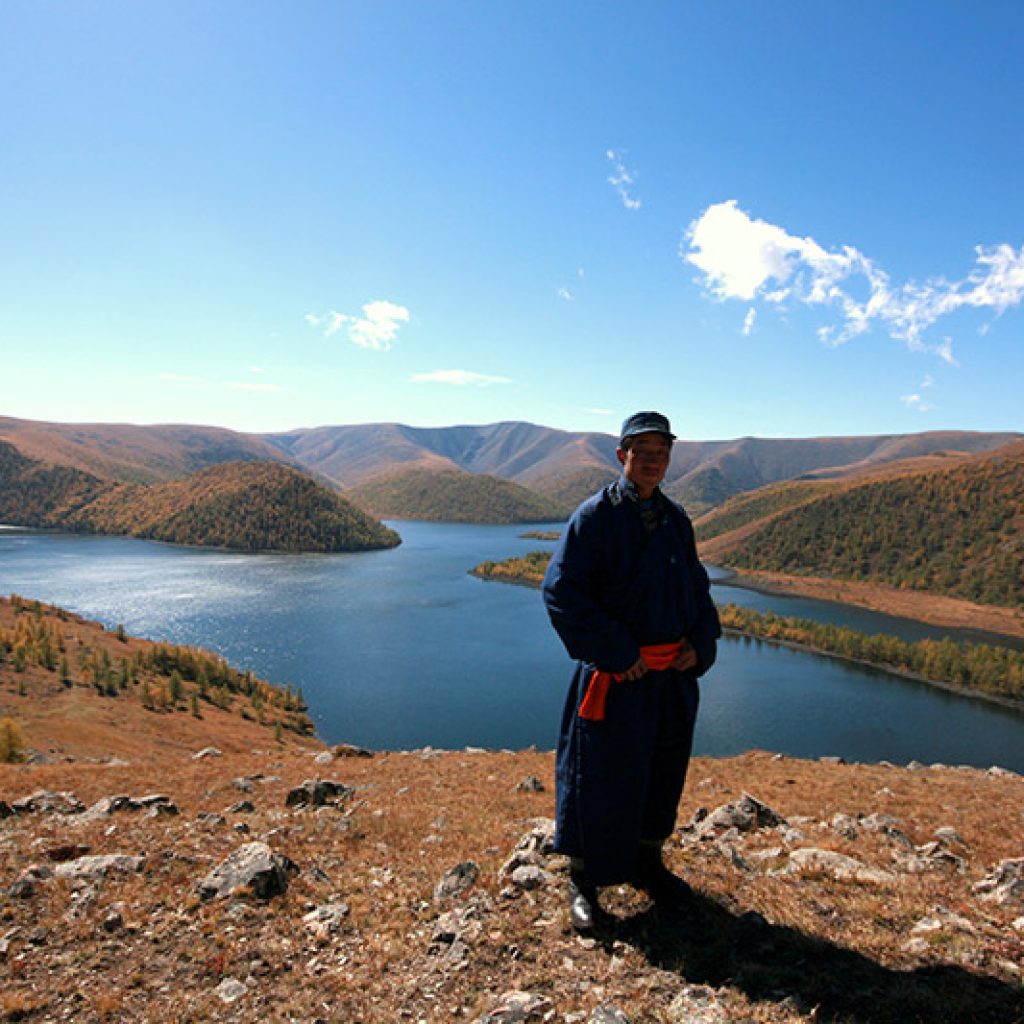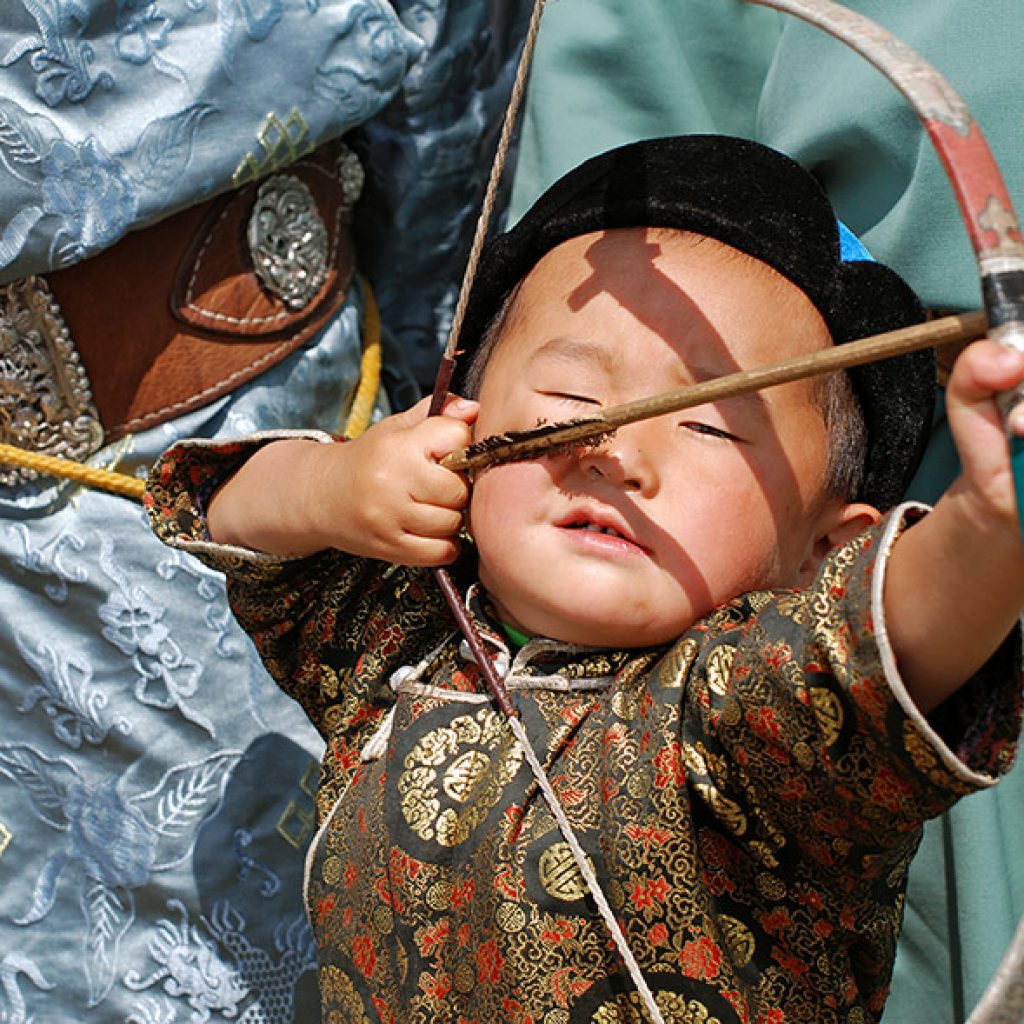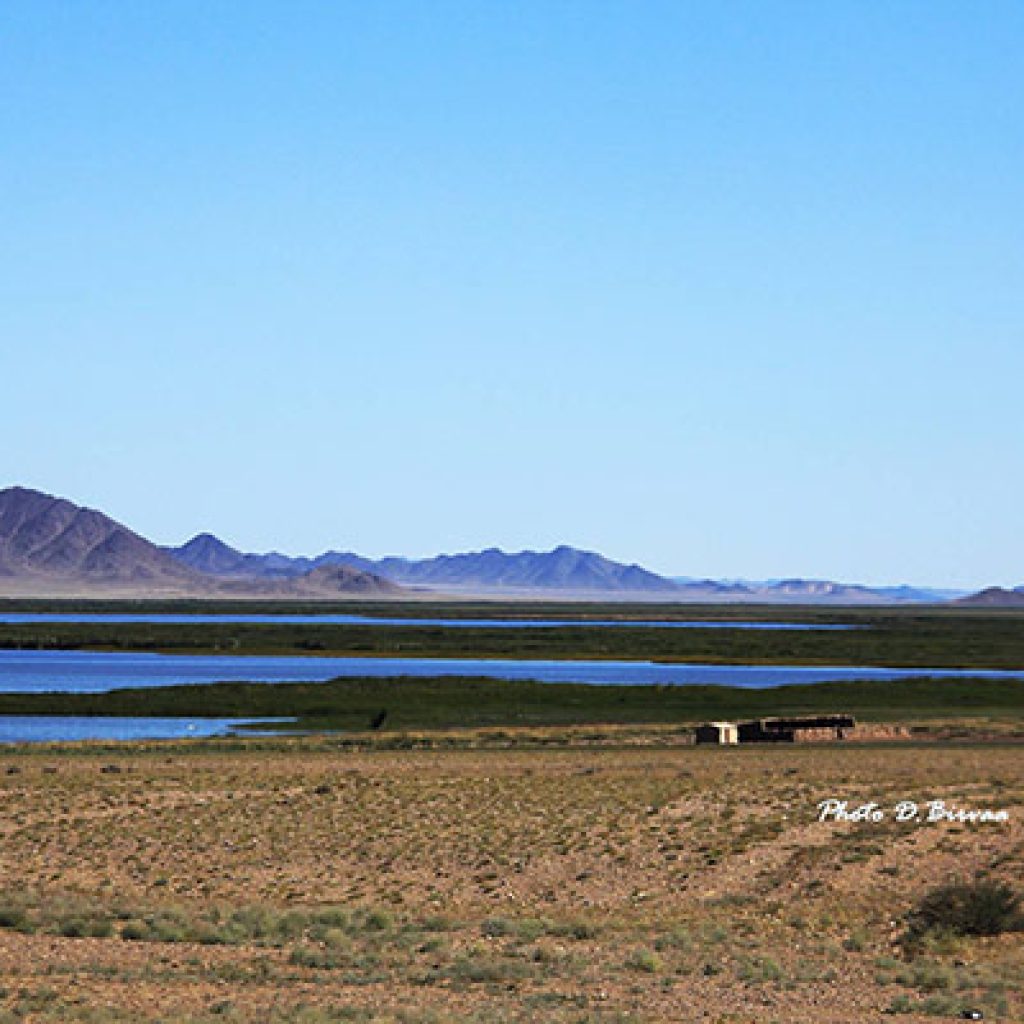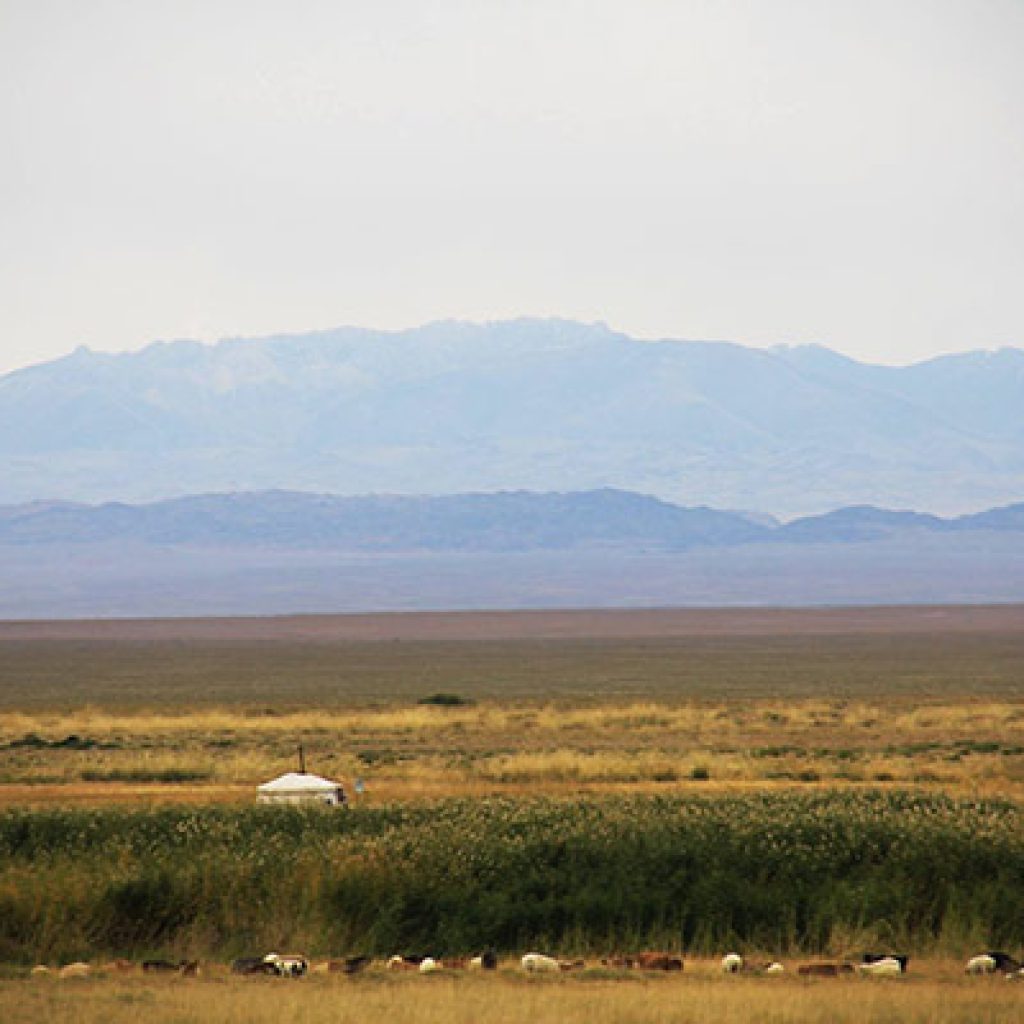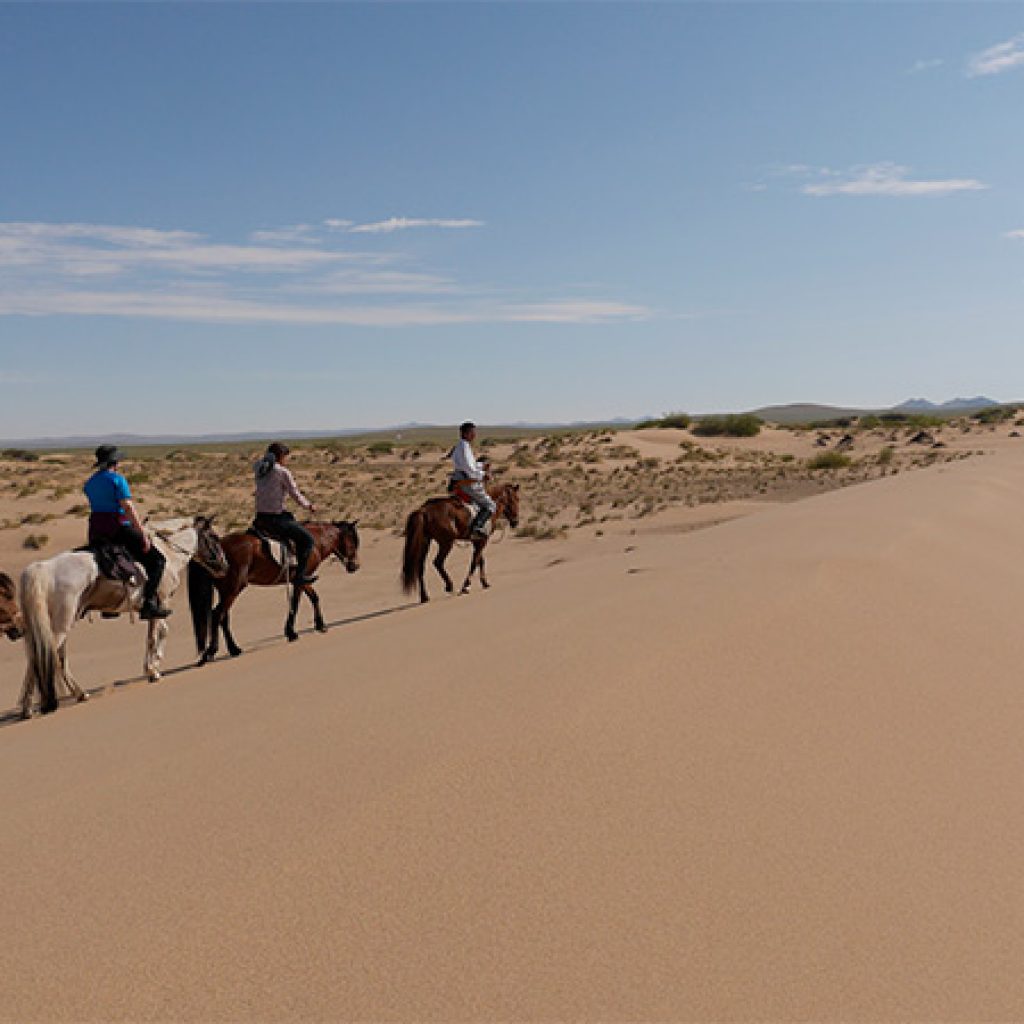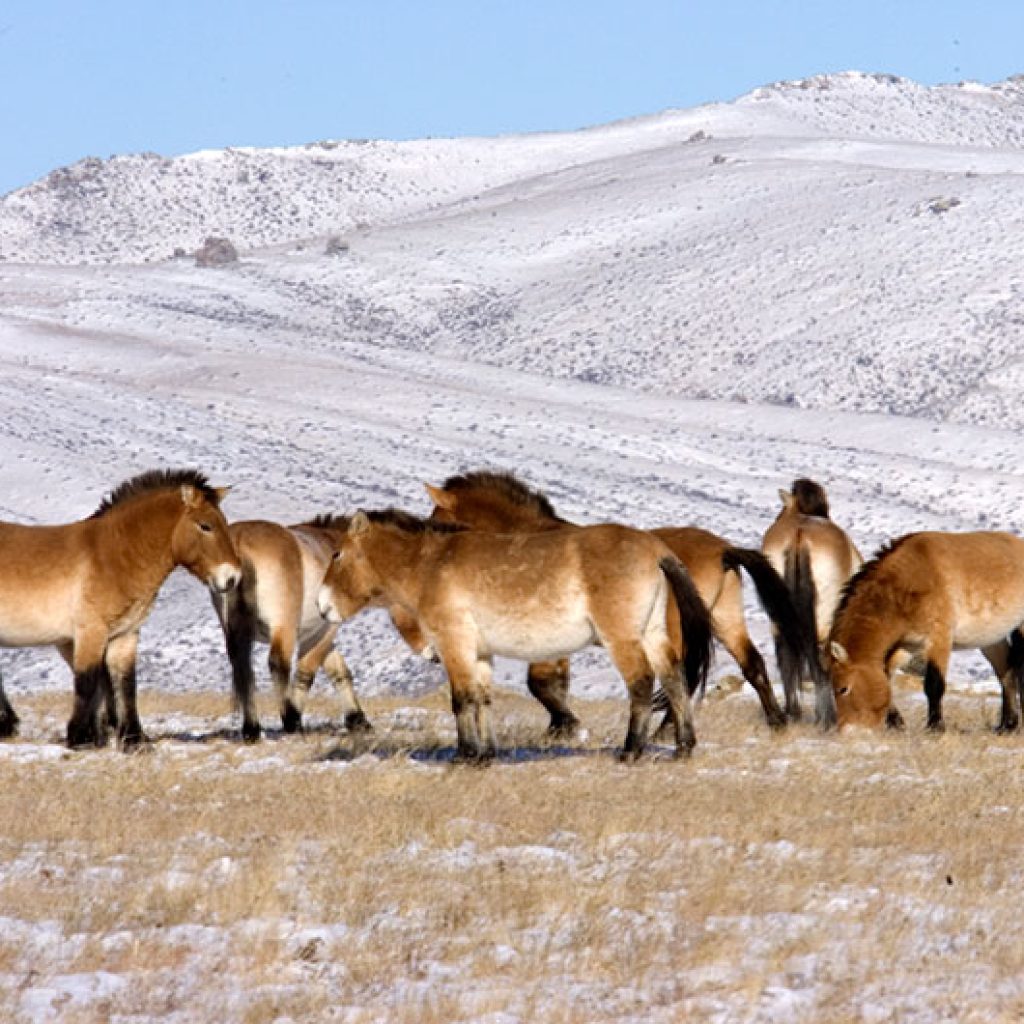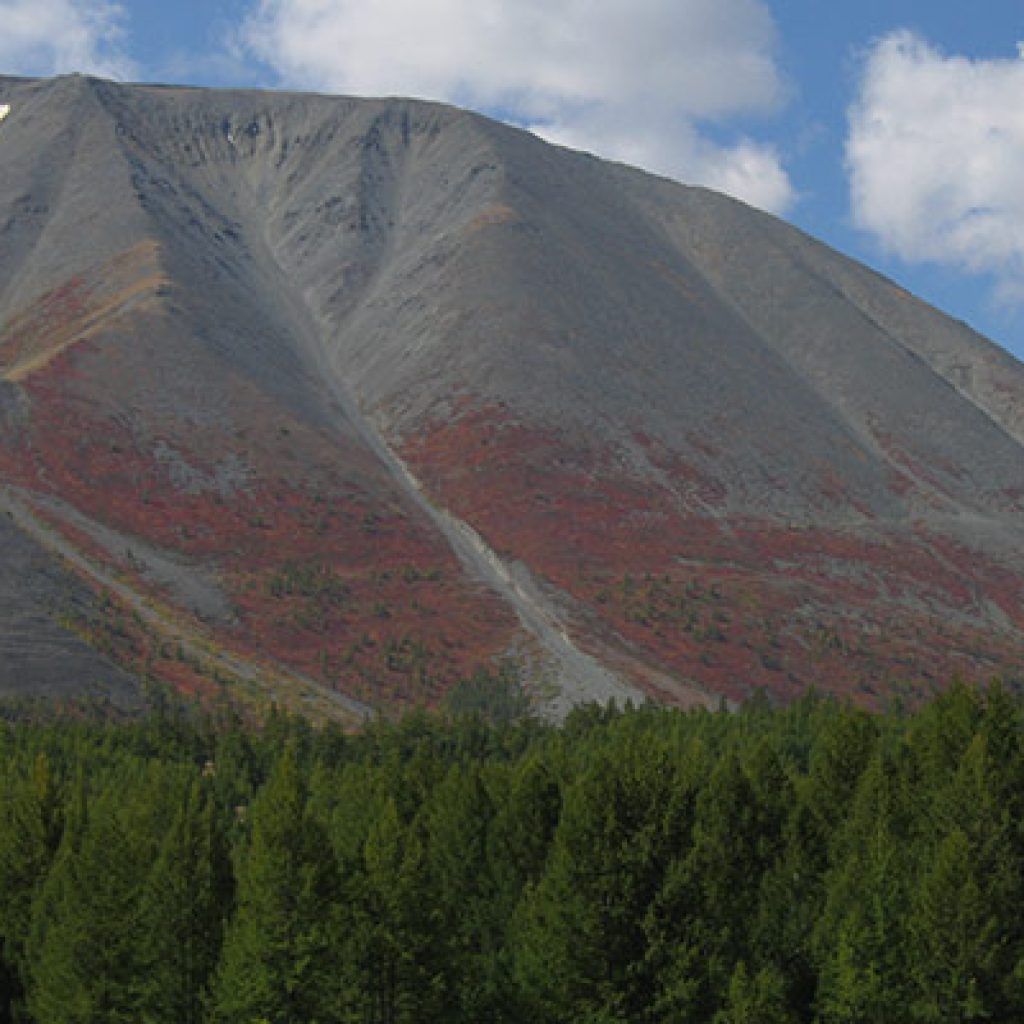Treks
Mongolia Treks: Travel with Mongolian Herdsmen, Horses, Camels, and Yaks
Below you will find a selection of treks that are offered as fixed departures. They are very much similar in service level to any Himalayan trek, the difference being that we travel with Mongol herdsmen, their animals, be it camels, yaks or horse.
The type of animal support is determined by the lifestyle of each Mongolian region. All equipment and luggage’s will be loaded on to the traditional carts or on to the back of pack-animals.
Camel carts are usually used in the more arid Gobi areas, and but also in true steppe. Yak carts, are used mostly in northern areas where precipitation is higher. Certainly yaks in Arhangai and northern Töv provinces. In high elevation mountain terrain we use pack-animals. Such as pack-camels in the remote Altai Mountains, slopes being too steep for carts. We usually trek no more than 15-20 km a day if over level ground. And shorter in the mountain’s.
We provide tents and bed cots, reliant on trip with full bedding. Please, enquire and read carefully if sleeping bag is needed for your trek or not. We use in Gobi areas, usually full stand-up Tentipi (tepee from Scandinavia), and on northern areas Marmot Limestone 6p full stand up tent’s, shared by two persons. On some expeditions, Hilleberg three-person tunnel tents, shared by two participants. A ger (yurt) is usually brought along as a “mobile restaurant” if there are 6 or more participant’s in the group. Our standards are maximum ten to one group, to keep the experience small and intimate. The camel trek is fully ger-based, why max number of participant’s is eight.
Our Treks
What our guests say
Lorem Ipsum is simply dummy text of the printing and typesetting industry.

